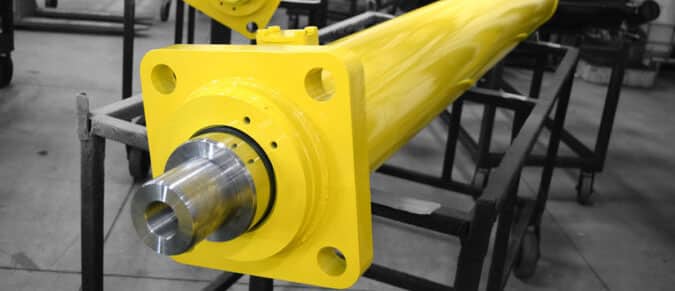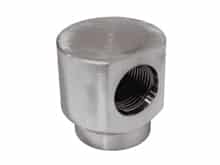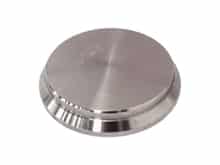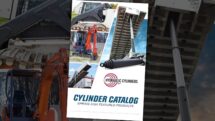What Are the Differences Between Tie Rod and Welded Hydraulic Cylinders?
Several factors go into choosing a hydraulic cylinder, but one of the most important is the design. Standard hydraulic cylinders fall into two categories: tie rod and welded rod. These categories speak to the cylinder design only—specifically, how the cylinder barrel is attached to the end caps. We will address this and other design and performance differences below to help you choose which cylinder design is best for your application.

Tie Rod Hydraulic Cylinders
Tie rod cylinders feature external threaded tie bolts or rods that run the entire length of the cylinder tube and through holes in the end caps. Each rod is secured with a nut to hold the end cap to the cylinder barrel. The number of threaded tie bolts included in the cylinder design depends on the bore diameter and operating pressure but can range from 4 to 20.
Ease of maintenance is a significant selling factor for tie rod cylinders, as they are easy to assemble and disassemble with conventional tools. However, they require more installation space than a welded rod cylinder due to a bulkier design. Another advantage is that tie rod cylinders are built to NFPA standards for interchangeability.
We recommend tie rod hydraulic cylinders for heavy-duty industrial manufacturing applications with low pressure requirements.
Welded Rod Hydraulic Cylinders
With a welded hydraulic cylinder, the design is more complex, with the barrel welded directly to both end caps. The mounts and other cylinder fittings are also welded to the end cap with this design.
Made for durability, welded rod hydraulic cylinders perform well in harsh environments and often have longer lifecycles. The compact, lightweight design and higher pressure capabilities make them ideal for mobile equipment. One consideration is that welded hydraulic cylinders require different tools and are more difficult to repair than tie rod cylinders. If you choose this cylinder type, make sure you have the right tools on hand for repairs in the field.
We recommend welded hydraulic cylinders for medium to heavy-duty applications requiring a low-profile design and high-pressure requirements.

Finding the Right Replacement Hydraulic Cylinder for Your Equipment
When it comes to replacing hydraulic cylinders, you should always take the time to research your options. What worked for you in one application might not give the same performance in another. Start by determining what you need—this includes cylinder type, size requirements, and operating considerations.
Also, remember that going with the cheapest option will only cost you more down the road in downtime and repairs. You can improve equipment performance and demolish downtime by investing in high-quality, purpose-built tie rod or welded hydraulic cylinders.
We offer several types of hydraulic cylinders that are in stock and ready to ship. Contact us for help selecting the right hydraulic cylinder for a specific job or to discuss custom hydraulic cylinders made to your specifications.














































